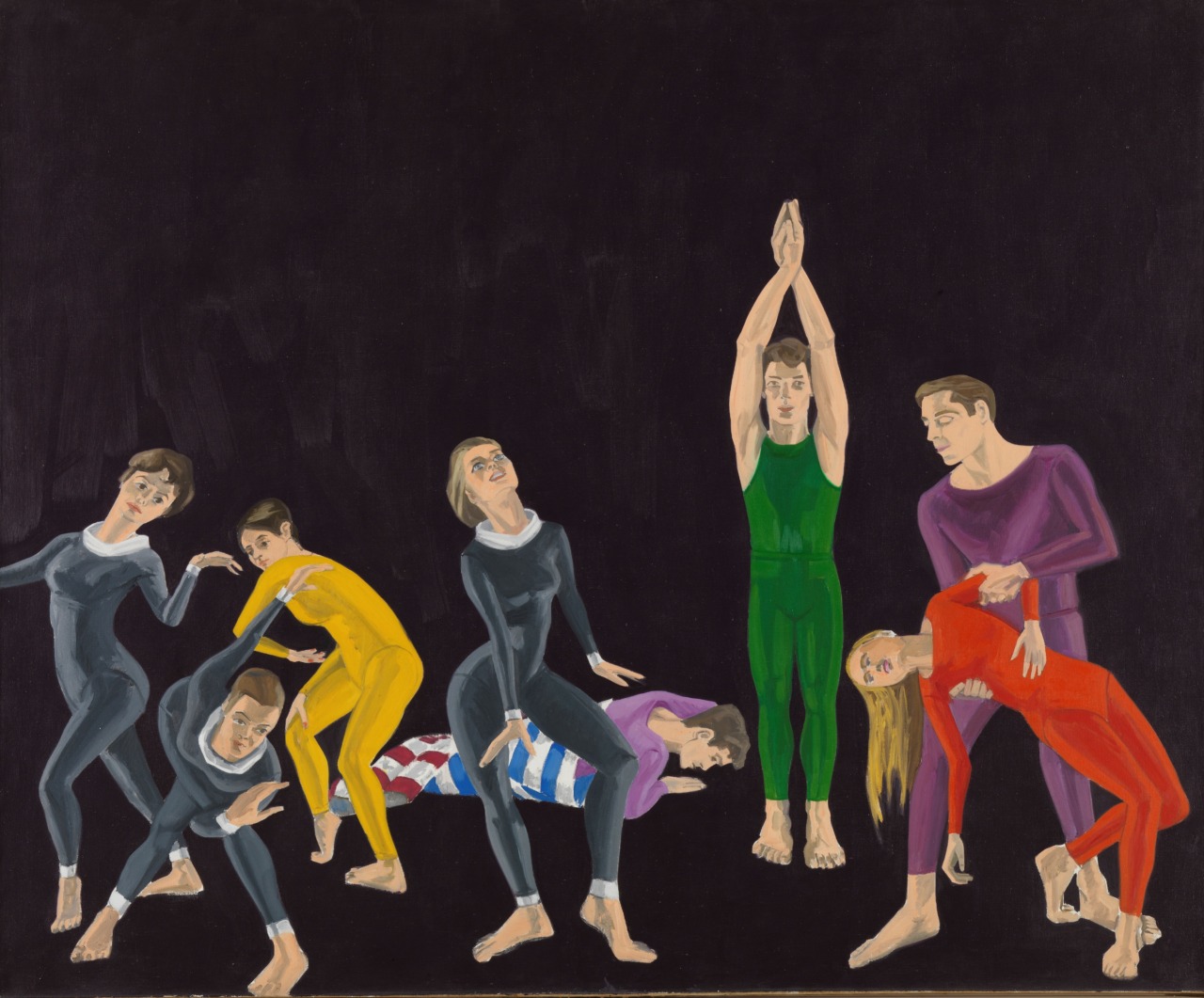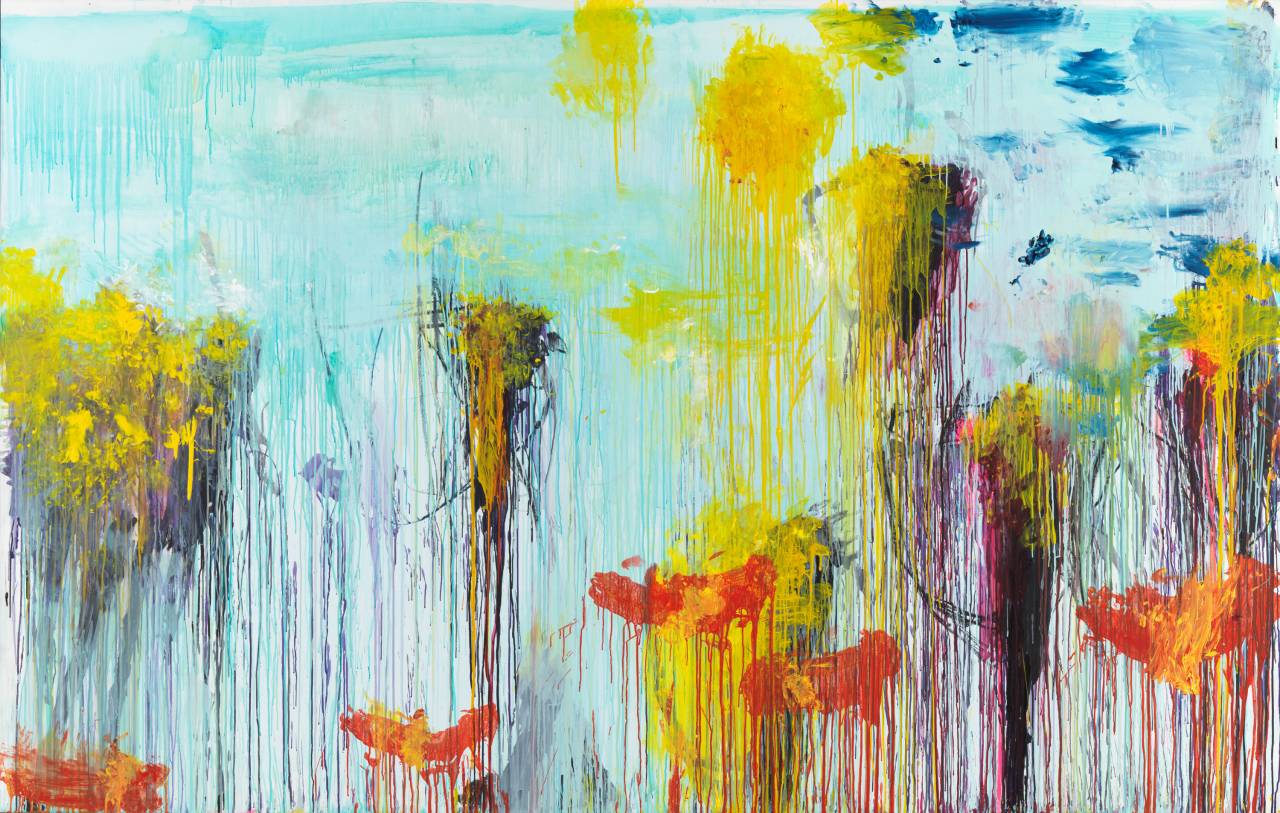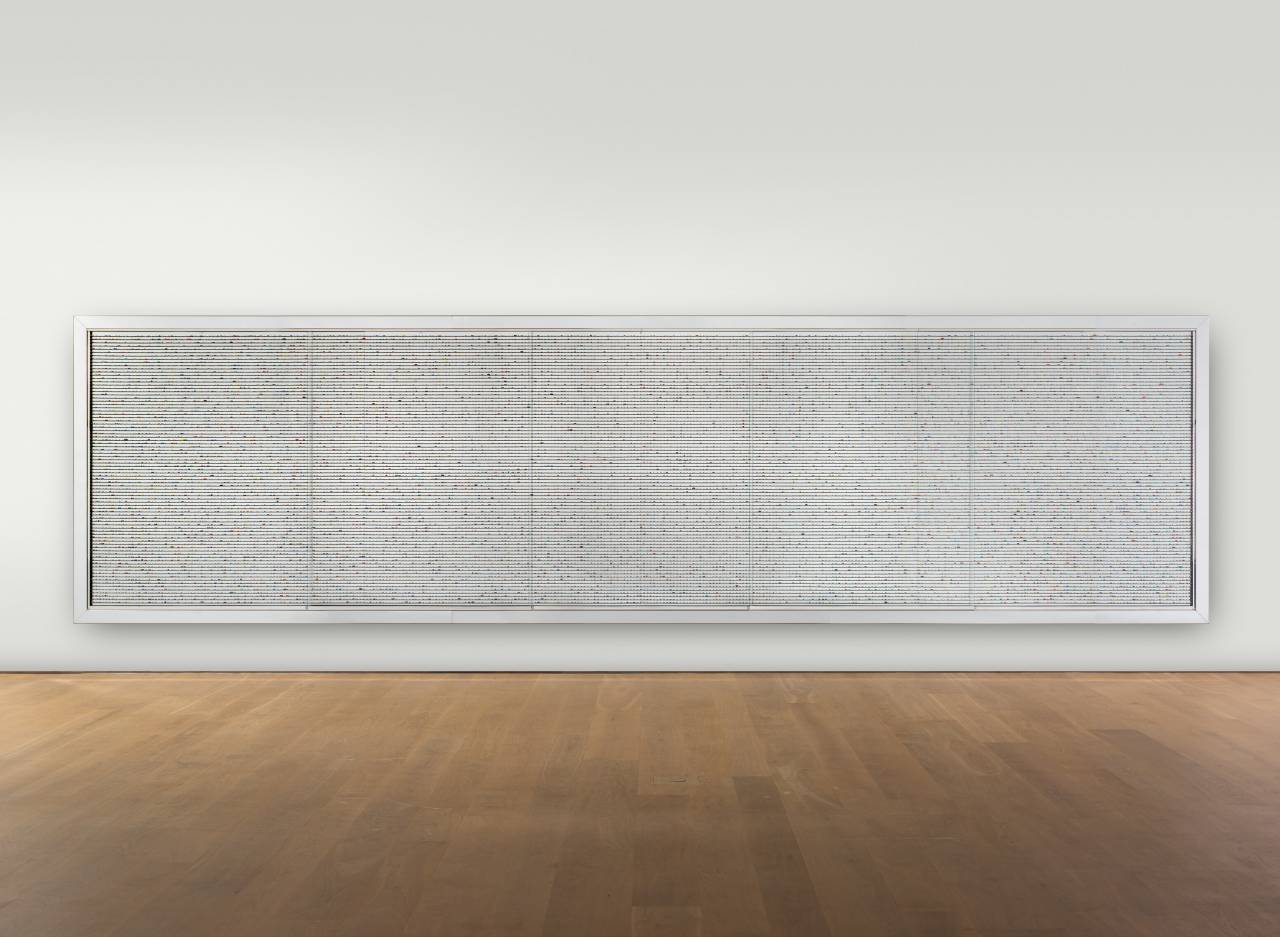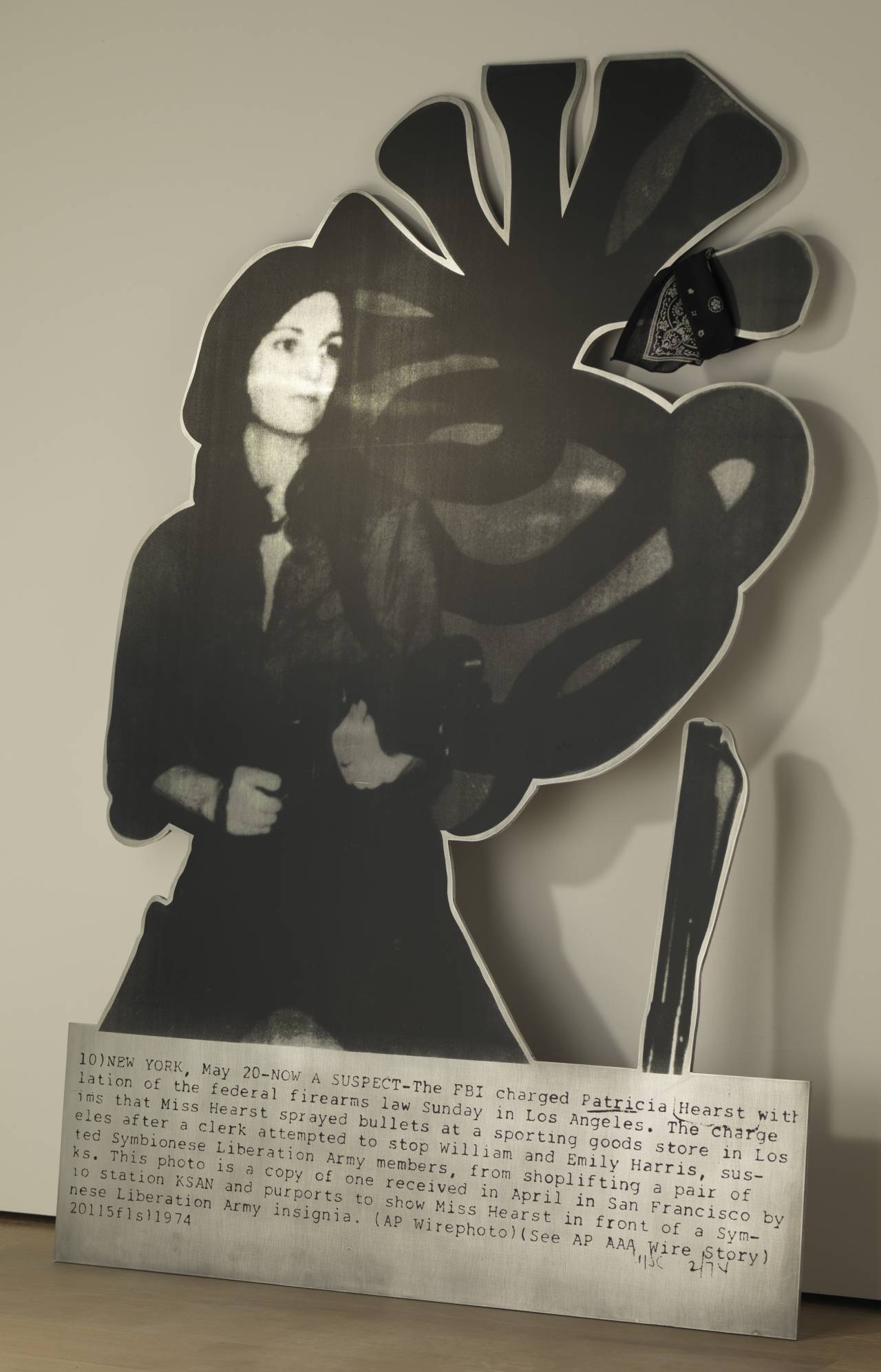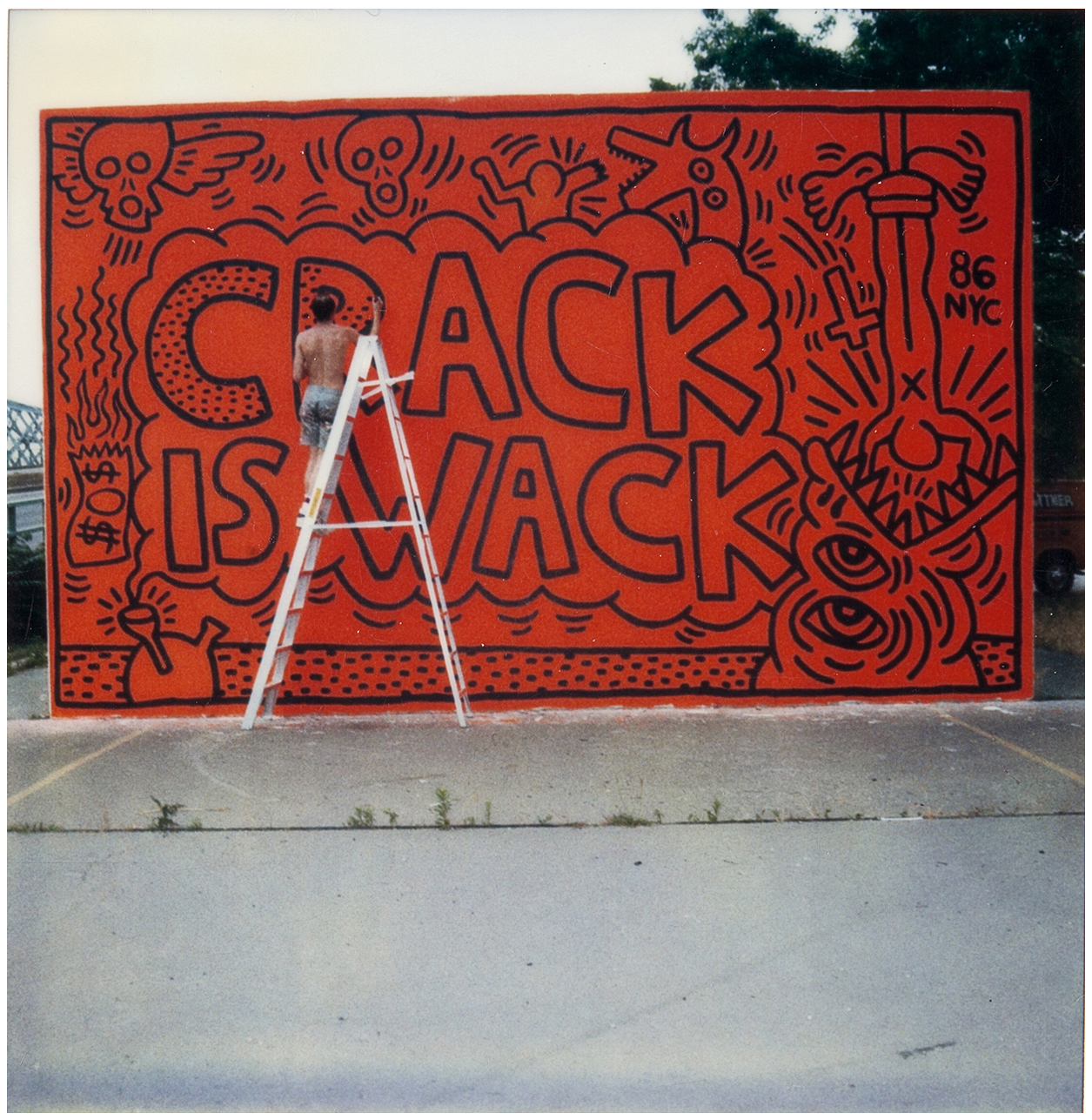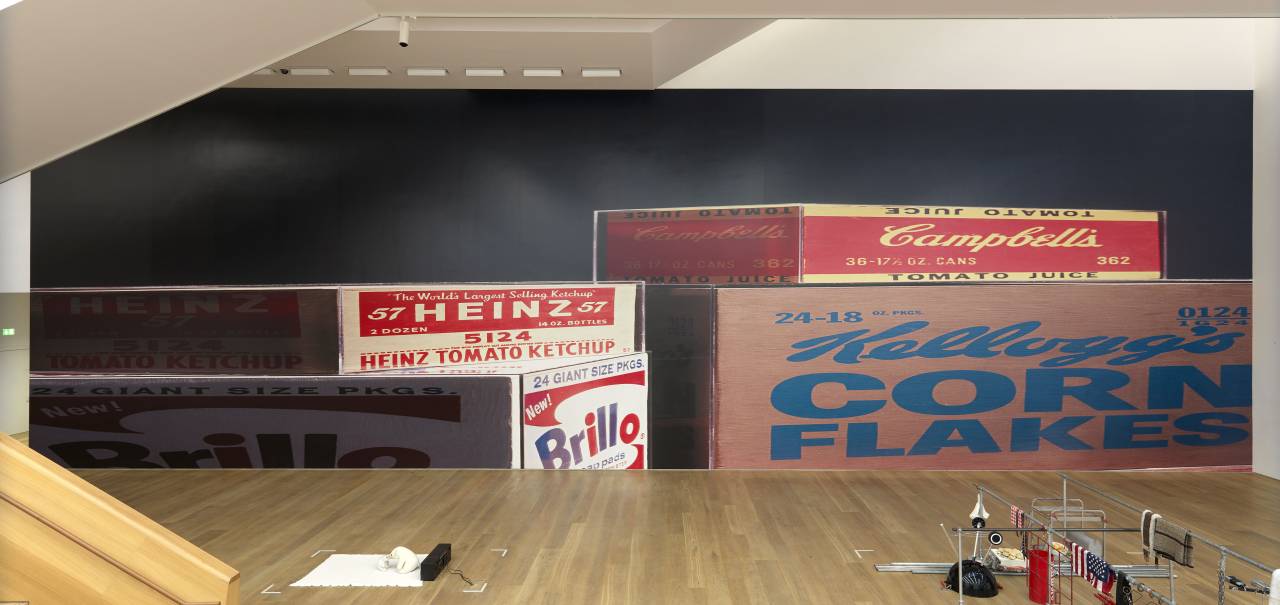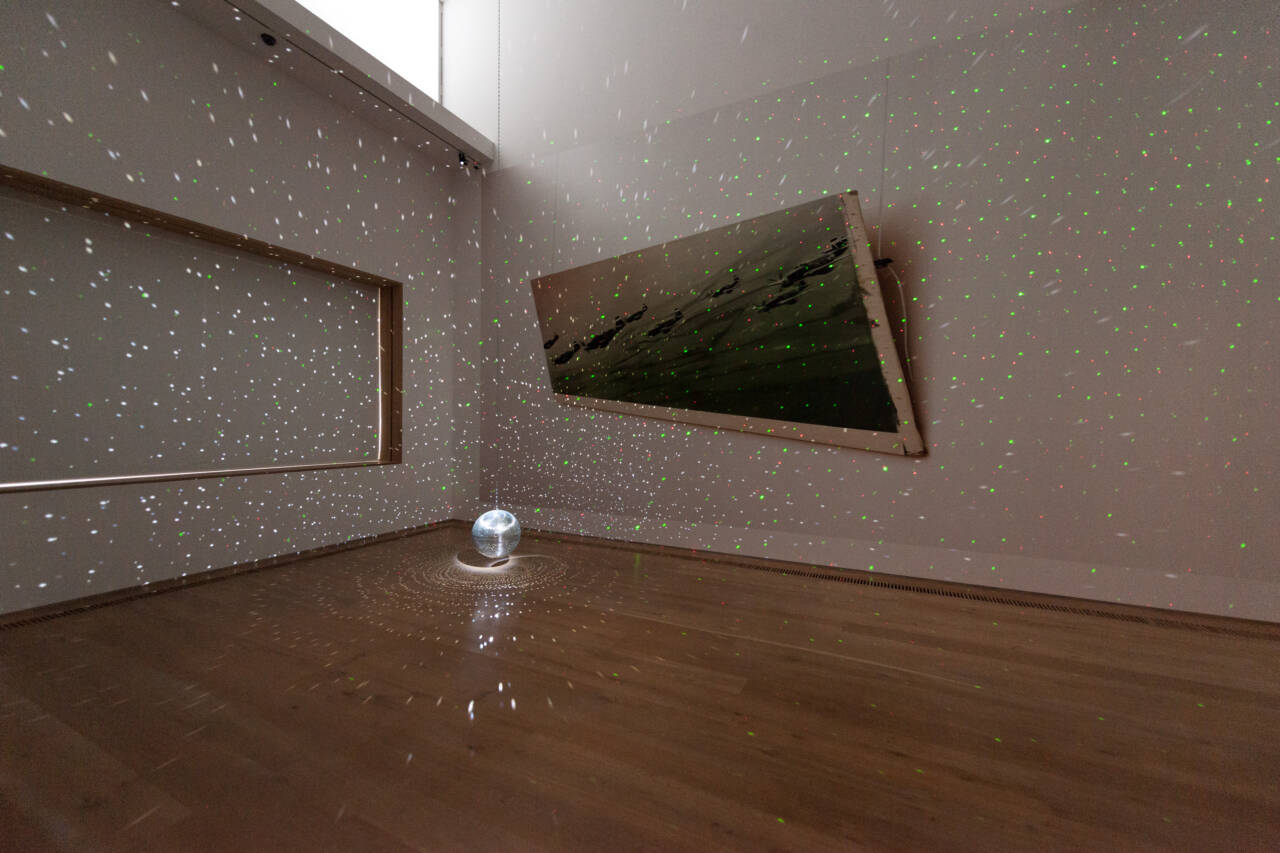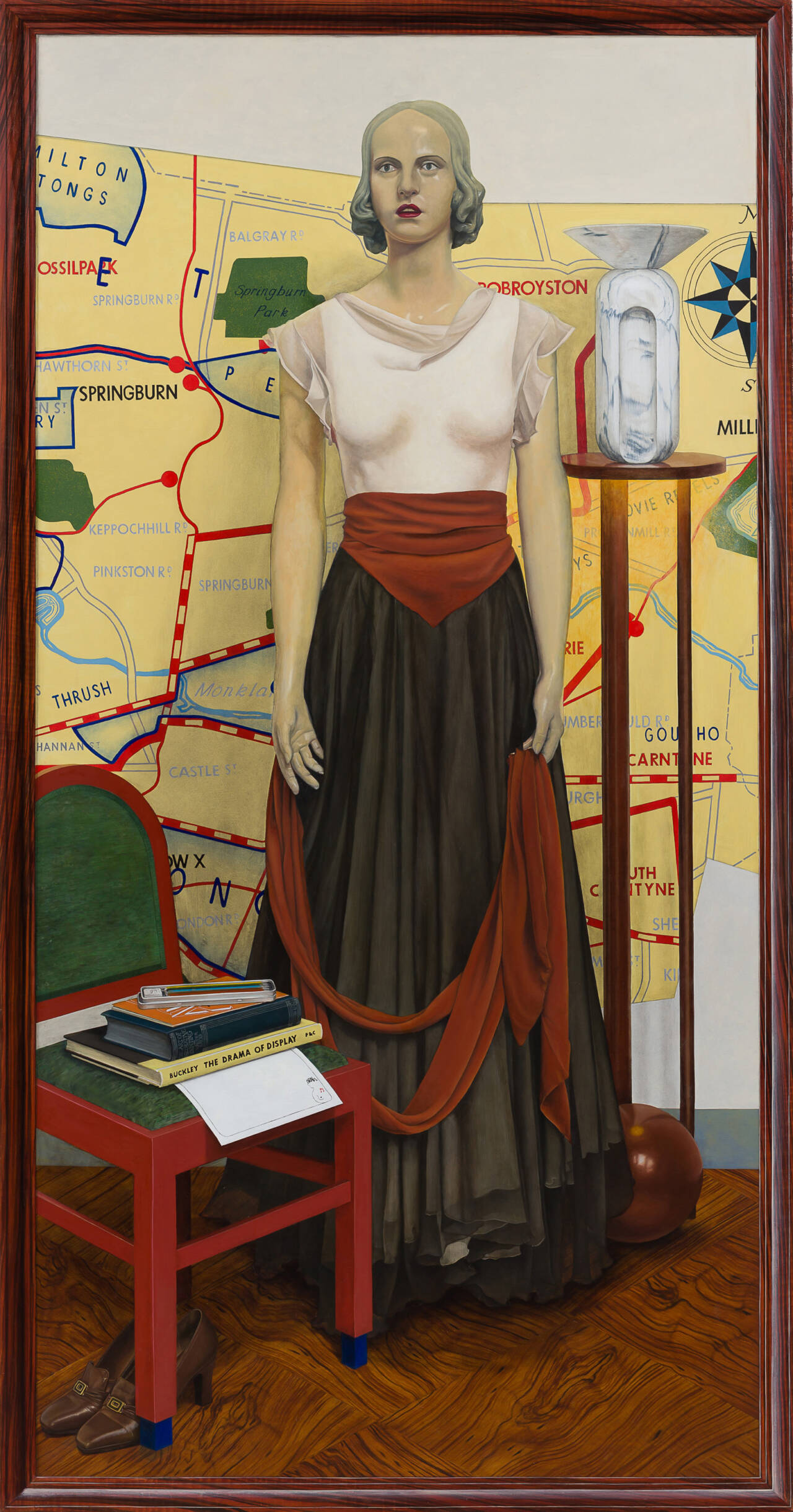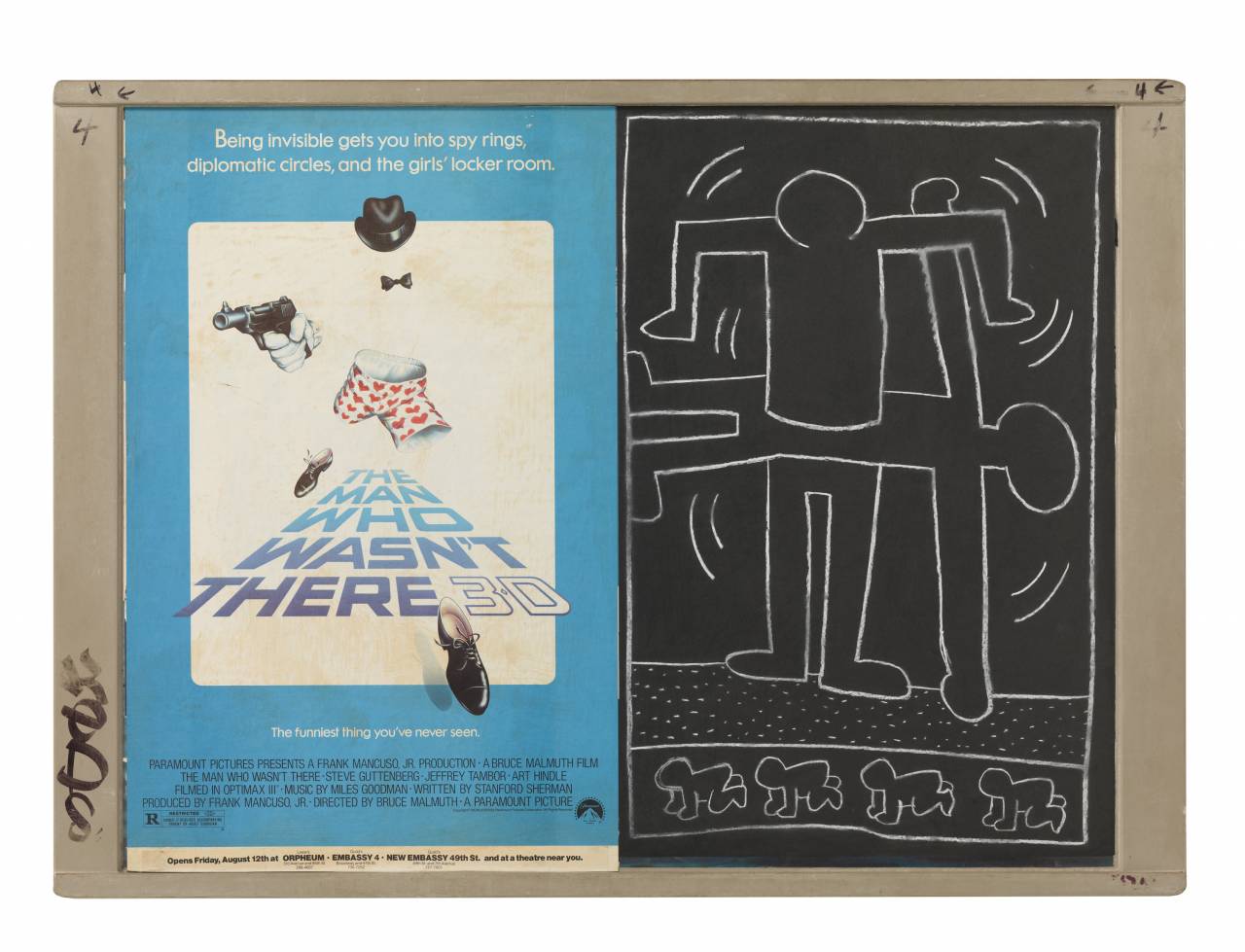Social Criticism
Many artists take a critical look at our society and address topical issues. In their works they comment on changes, question social structures, draw attention to the power structures in our society. Sometimes in a loud and provocative manner, but also sensitively and subtly! What role do artists play in today’s society?

How important is it to hold up a mirror to ourselves and others?
There is an old saying that art is the mirror of society. Every artist, like every human being, has his or her own view of the world, which is colored and shaped by a series of life experiences, thought processes and feelings. However, not everyone takes the trouble to reflect on this view, to work with it and to make it visible and perceptible to others. For some artists it is especially important to present what they observe as critically as they see it. They don’t distance themselves from the problem, but show how they and we are implicated in it. The US artist Cady Noland, for example, addresses issues such as media and violence in American society.
How do you characterize an artist?
What do you think is the role of artists in society? Do you feel you already have an idea about this profession? The way artists themselves understand their position can vary greatly. This is also evident when they deal with socio-critical issues in their work. Artist Wolfgang Tillmans, for example, is an activist for the rights of lesbian, gay, bisexual and transexual persons.
What does a look behind the scenes show us?
Why does our society function the way it does? What or who does it include and who or what does it exclude? To understand this better we can take a look at the structures that govern our coexistence, as well as the people who designed them and the era in which they were created. That sometimes helps us to understand what mechanisms are at work beneath the surface, as well as who or what wields a certain power by deciding how things should or shouldn’t be done. Many artists deal in their works with such societal structures, which are often not visible in everyday life or are generally taken as given and thus not questioned, whether in the field of culture or the art world, in the media or at school.
What is it about art that moves you?
What triggers in you the need to share your enthusiasm, excitement or observations about the world with others? Many artistic works challenge us and can provoke heated discussions. The works aim to provoke emotions, thoughts, reactions. They do this is different ways—with their technique, with the materials used, the connections made, or with the subjects themselves.
How can we sharpen our gaze?
If we spend more time with the works that appeal to us, we discover more and more details, connections, and overarching themes. We practice deciphering the messages, perspectives and aspirations by seeing, reading, hearing and being alert and aware of our surroundings. Artist Lucy McKenzie excavates visual and material details from the past to learn about the social relationships involved in their creation—also to better understand them in the present.
